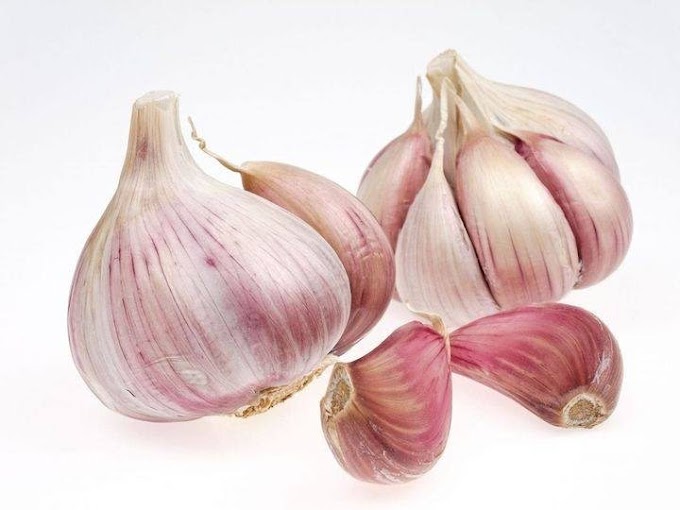Daltons, though sometimes seen as a nuisance in gardens, are actually resilient, undervalued plants that hide a treasure beneath the soil. Although dandelions are visually appealing with their bright blossoms and comical seed heads, the true power of these plants resides in their roots. This investigation clarifies the importance of dandelion roots to the plant and its rightful place in our gardens, culinary traditions, and health regimens.
Grasping the Dandelion's Architecture
Understanding the structure of the plant is crucial for properly appreciating the benefits of the dandelion root. Each part of the dandelions' (Taraxacum officinale) lifecycle—leaves, stems, flowers, and roots—contributes to the plant's usefulness to people and its place in the Asteraceae family.
Dandelion leaves are a healthy way to boost the nutrition of salads and drinks with their abundance of vitamins A, C, and K as well as minerals like calcium and potassium.
The milky liquid found in dandelion stems has long been used in traditional medicine for its purported therapeutic properties.
The blossoms of the dandelion plant are not only used to make wines and teas, but they also provide pollinators with nectar and are a symbol of optimism.
Dandelion roots, the real stars of the show, have a myriad of uses in the kitchen, medicine, and more.
Dandelion Roots and Their Medicinal Uses
For Ingredients And Complete Cooking Instructions Please Head On keep on Reading (>)








.jpg)